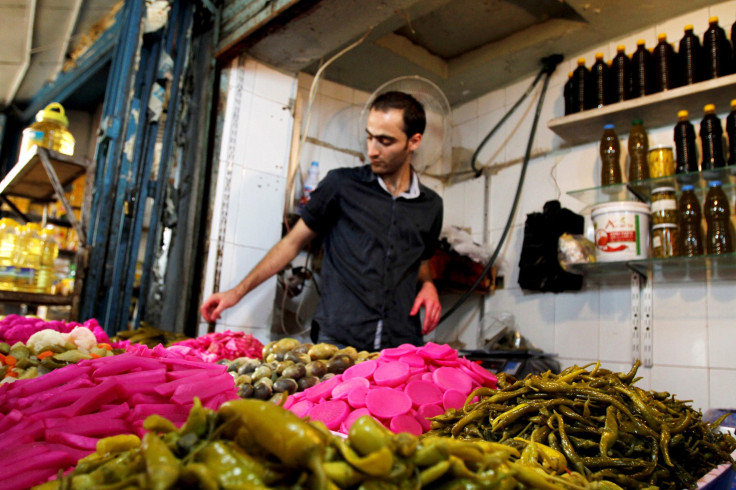National Pickle Day 2015: Facts, Recipes, History Of Dills, Gherkins And More

Saturday is National Pickle Day, which was first celebrated in New York City in 2001. So what is the point of celebrating pickles, you might ask. The pickle is an ancient food to which the Egyptian queen Cleopatra reportedly attributed her good looks, while pickling itself is a method that throughout history has been vital to preserving food. In today's world, the lowly pickle is often relegated to a side dish, although in some places, it's making a comeback. Are you a pickle fan? Read on for facts and recipes in celebration of the simple pickle.
Technically, a pickle is any food that has been preserved in vinegar or brine. A lot of foods -- watermelon rinds, pears, figs, tomatoes, pepperse, beets, eggplant and okra, for starters -- can be pickled. Commercially, cucumbers tend to be the most common pickles in the U.S., but other countries and cultures have their pickled delicacies and favorites. In Korea, kimchi, which is fermented vegetables, is a national staple. India has pickled mangoes, while Iran has an aubergine, garlic and mint pickle combo.
Pickles date back thousands of years. The ancient Mesopotamians were cooking pickles as early as 2400 BC, according to the New York Food Museum, and by 850 BC Aristotle was touting pickled cucumbers for their healing effects. Pickled vegetables were common in the Elizabethan era in England, in the 16th century, around the time explorers who were setting sail on the high seas in search of the New World also began stocking up on barrels of pickles that would remain edible throughout those long journeys. By the 17th century, pickling cucumbers had become a commercial enterprise in both Virginia and New York.
Love pickles? Make your own tomorrow on National Pickle Day: https://t.co/nWmjxaspB9 pic.twitter.com/AgxJUbfo9G
— Maryland Science Ctr (@MDScienceCenter) November 13, 2015
Today, the average American eats nine pounds of pickles per year, according to the New York Food Museum's website. That might seem like a lot, but the average American also consumes 124 pounds of wheat flour per year, 415 pounds of vegetables, 600 pounds of dairy (not including cheese) and 110 pounds of red meat.
Still, some restaurants and food bloggers are coming up with new and creative ways to give pickles a bigger portion of the plate. In Brooklyn, New York, the Pickle Shack promises a whole menu of "damn fine food" rife with locally made pickles of all varieties. You can try fried beer pickles, bread and butter pickles with a veggie burger and pickled carrots, all freshly and locally produced. Food52, meanwhile, recommends pairing pickles with peanut butter. Just try it. It's good.
© Copyright IBTimes 2024. All rights reserved.












